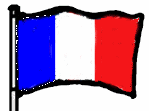 (modifié de Coste, Flore de la France 1937) :
(modifié de Coste, Flore de la France 1937) :
Plante vivace d'environ 1 mètre, à tige robuste, fortement sillonnée-anguleuse, creuse, velue-hérissée
Écologie : (répartition d'après la flore) Prés et bois humides, dans presque toute la France [rare chez nous]; nul dans la région méditerranéenne.
Répartition hors de France : Presque toute l'Europe.
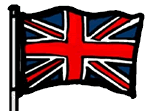 (modified from Butcher, British Flora 1961):
(modified from Butcher, British Flora 1961):
NOTE: the French text is more complete and up-to-date
A stout biennial with little-branched, ribbed, hispid stem 30-90 cm high, growing front a slender tap root. .
Ecology UK: (distribution according to flora) It is found abundantly in meadows and hedgerows throughout the British Isles
Fleurs : blanches, à pétales extérieurs plus grands, rayonnants, bifides, à lobes oblongs ; ovaire pubescent ; ombelles à 15-30 rayons ;
Floraison France : Juin-septembre.
* Cette espèce sert, dans le Nord, à fabriquer une liqueur alcoolique.
Flowers: 6-8 mm; calyx teeth minute; petals white, very unequal in outer flowers; apex acuminate, incurved.
Flowering UK: Early May-mid June and early-late Sept
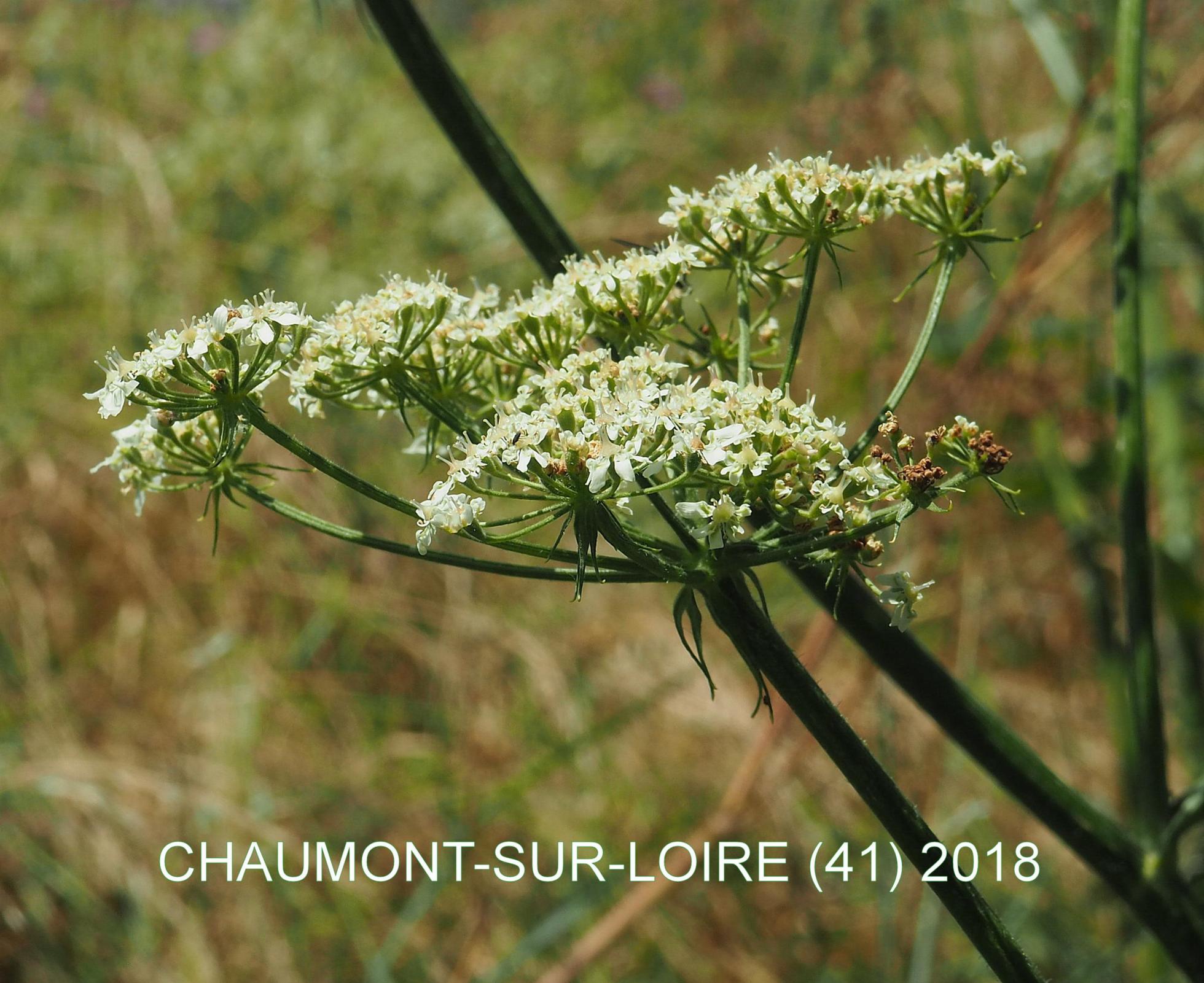
 Hogweed
Hogweed
 Berce
Berce
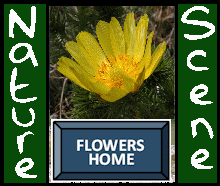


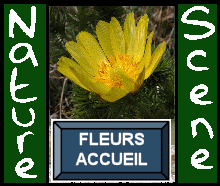
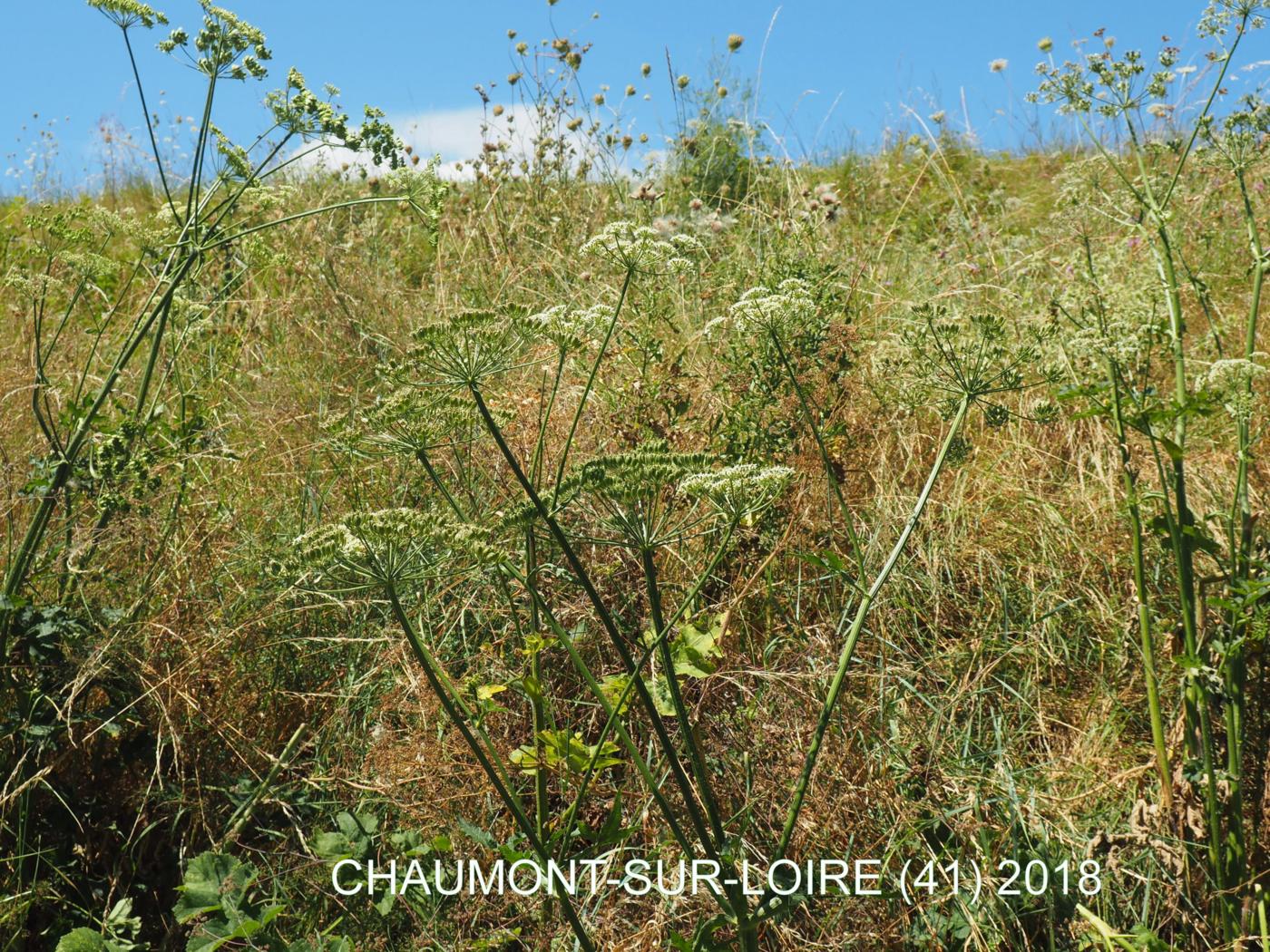
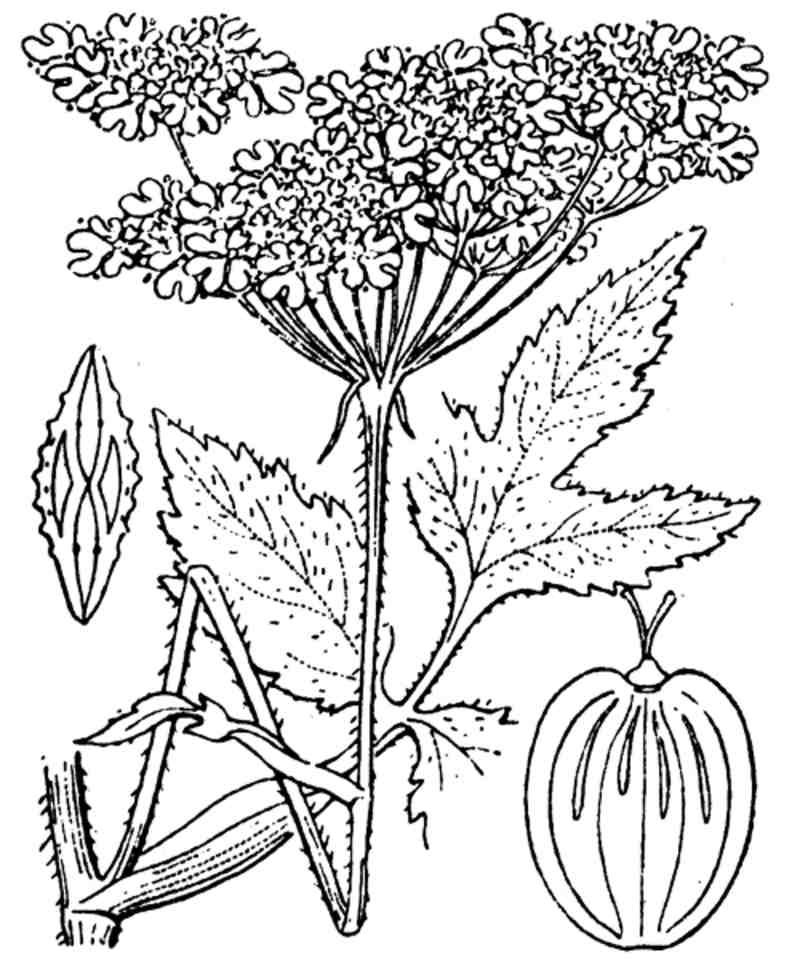
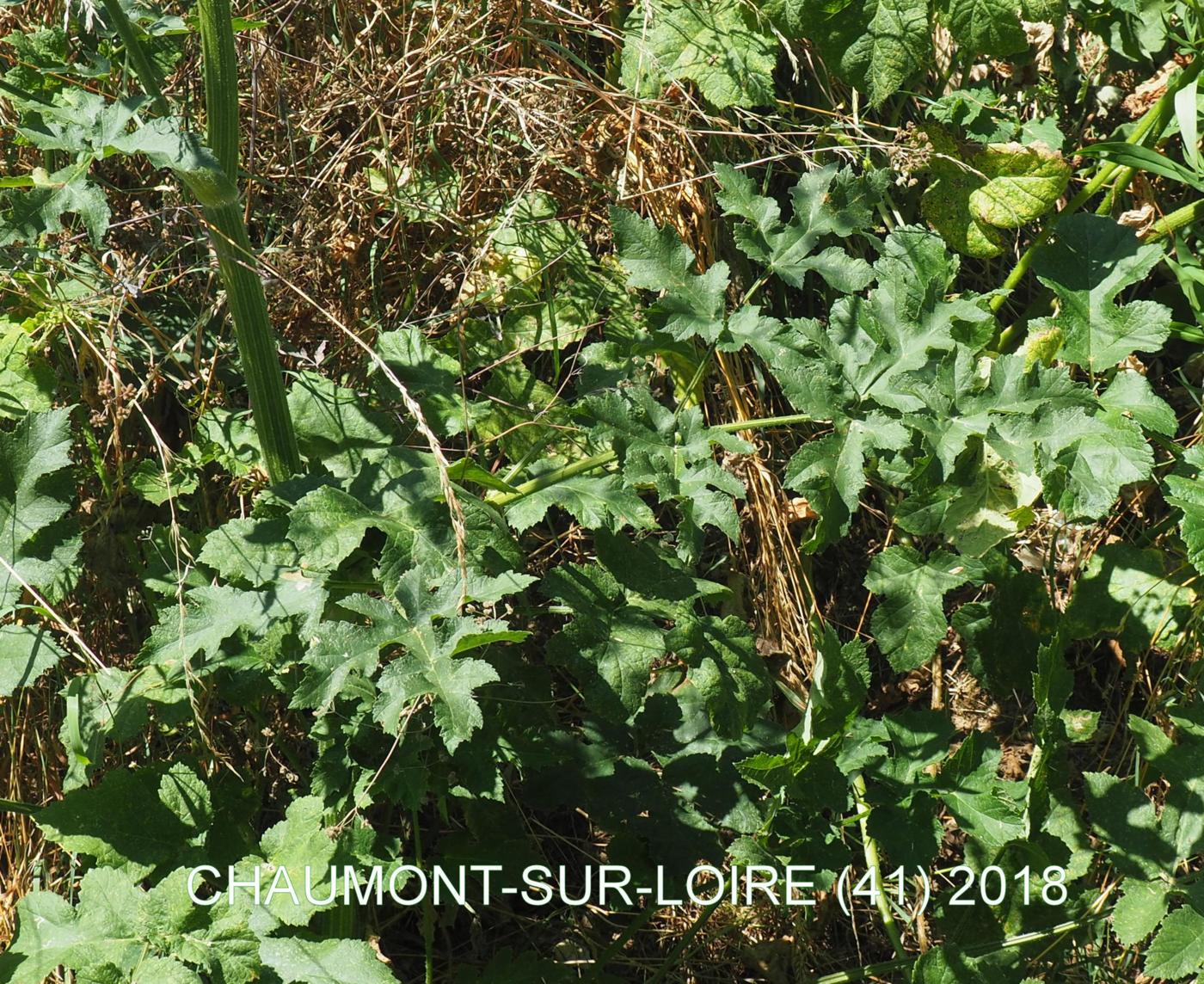
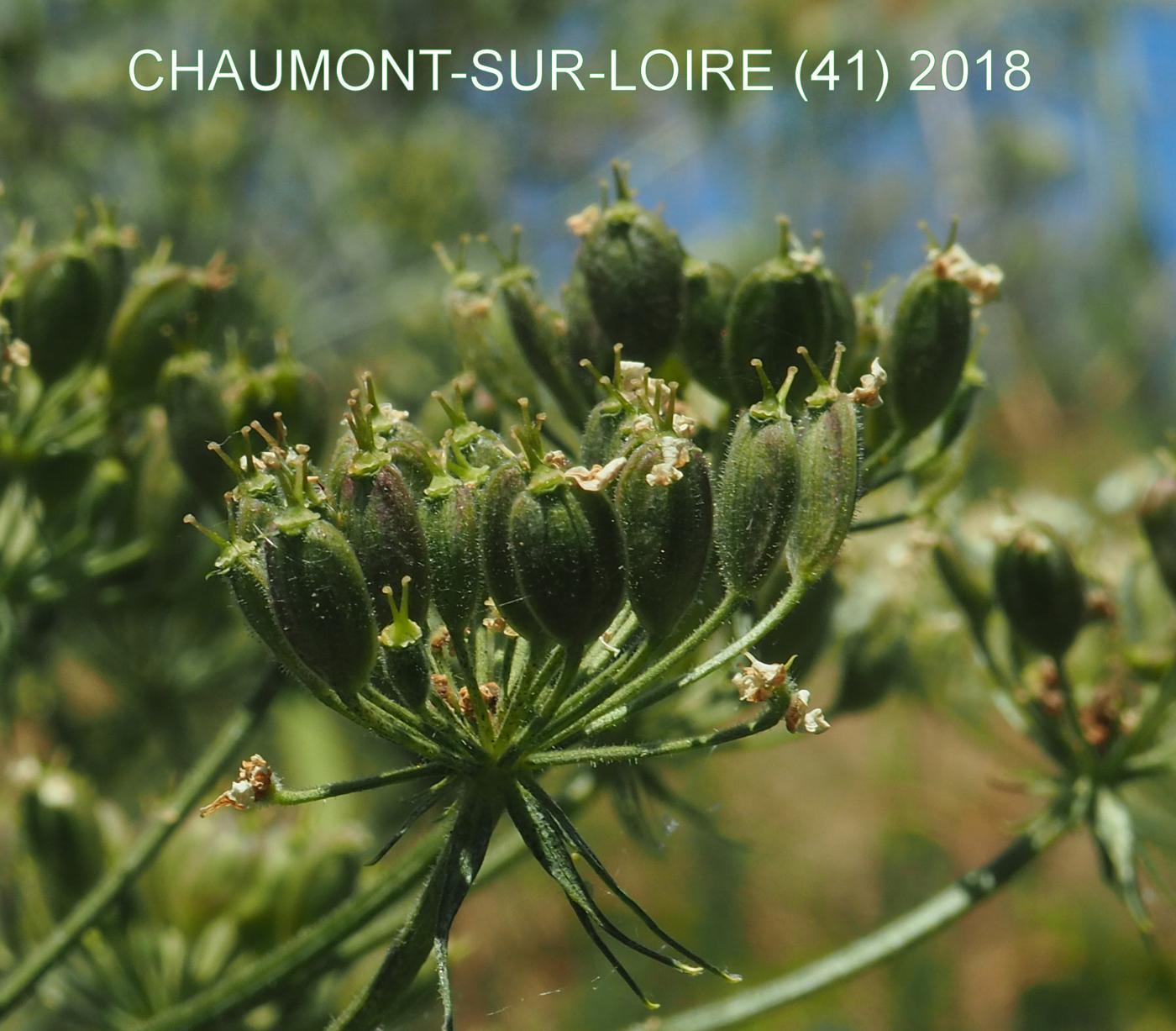
 Please
consider
Please
consider 











